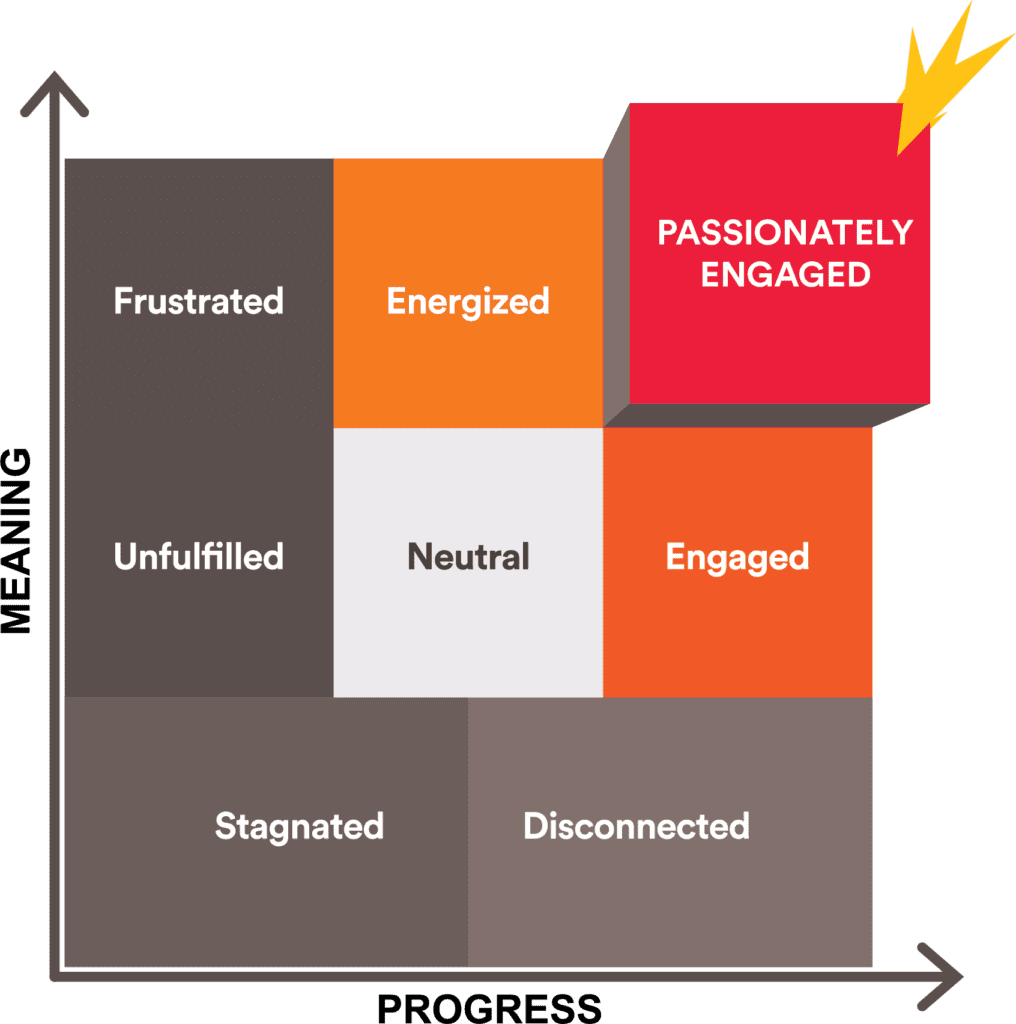Employee Engagement: An Overused and Abused Term
21 million entries in the Google search engine alone.
If you examine a few pages of online references for the term “employee engagement,” you might notice that it’s often used as an attention grabber to associate a (sometimes random) product or service with this highly-sought-after-benefit. Given the employee engagement market is a whopping $1 billion in the USA alone and expected to grow to $3 billion by 2032, it is no wonder.
However, this can leave those who are trying to sort through all the options and claims a little perplexed.
What is employee engagement really?
Is it morale? Happiness? Contentment? Satisfaction?
What if I said none of the above?
Let's look at morale.
Recently, I’ve seen claims that employee perks, such as gym memberships, will increase your employee engagement. Well, if they mean morale, perhaps. One researcher from ODU University found some evidence for this.
Morale has varying definitions; however, I like Jim Whitehurst’s. A former IBM president and COO of Delta Airlines, Whitehurst describes morale as “… something temporary and fleeting—something tied to day-to-day conditions in an organization. It’s also fairly easy for leaders to influence (for example, by offering a new workplace perk).”
Employers often chase morale, instead of investing in engagement, without lasting effects.
What about employee happiness?

This perhaps sounds more profound and substantive. This, too, has many definitions from a sense of overall wellbeing to “having little reluctance to do their job.” Others define it as “a positive attitude” or “contentment”. These definitions seem rather thin and promoters often suggest practices such as focusing on work-life balance, praising people, wellbeing perks, more fun and social activities.
PositivePsychology.com states that happiness “isn’t a long-lasting, permanent feature or personality trait, but a more fleeting, changeable state.”
Much like morale, confusing happiness with employee engagement can cost companies a lot of money, time and effort invested in special events and programs that, ultimately, will deliver only short-term results, when it comes to deepening engagement.
Employee satisfaction brings us closer to employee engagement; however, this term is often associated most with contentment.

Our research shows that those who feel content are certainly not problematic; however, it is also not a state where people feel deeply fulfilled and go the extra mile. In fact, it is quite a “typical” feeling, according to our 20+ years of research. We name this state of engagement Neutral and describe it as follows:
- Feel somewhat challenged and fulfilled
- Get your work done
- Take things in stride
- Don’t get too worked up about things
So, if morale, happiness and contentment are not sufficient descriptions for employee engagement, what is? Spark’d has been researching and measuring how employees feel about their work for decades, discovering eight different states of engagement – some producing positive effects, such as productivity and profitability, and some leading to negative effects, produced by feelings of frustration, stagnation and lack of connection.
How do we define employee engagement?
We describe the highest level of engagement as “Passionately Engaged,” created when individuals are doing highly meaningful work at a pace that feels like real progress.
When people are so deeply engaged, the work experience is profoundly different than those who “have little reluctance to do their job.” Work objectives and goals are largely aligned with personal aspirations and values; therefore, people naturally and enthusiastically take action in service of that which matters most.
Research has clearly demonstrated that passionate engagement leads to productivity anywhere from 20%-40% more than a typical employee and passionate workforces increase profitability by up to 20%.
What produces a sense of high meaning and progress within each of us can be quite diverse; however, how the state is described in very similar ways.

After diagnosing thousands of passionately engaged individuals, we have found that most hold these characteristics:
- Believe their work matters
- Feel consistently energized
- Are motivated to take action to achieve progress
- Know how to pace work appropriately by prioritizing the most important work
- Experience their work as appropriately challenging and stimulating
- Celebrate their work achievements regularly
- Experience their work as fulfilling
Passionate engagement is anything but a fleeting or fickle state. And, when individuals and teams understand what drives meaning and progress for them, they are no longer vulnerable to anyone’s passing whims; instead, they can own their own engagement and take action to sustain this powerful state over time and despite changing circumstances.

